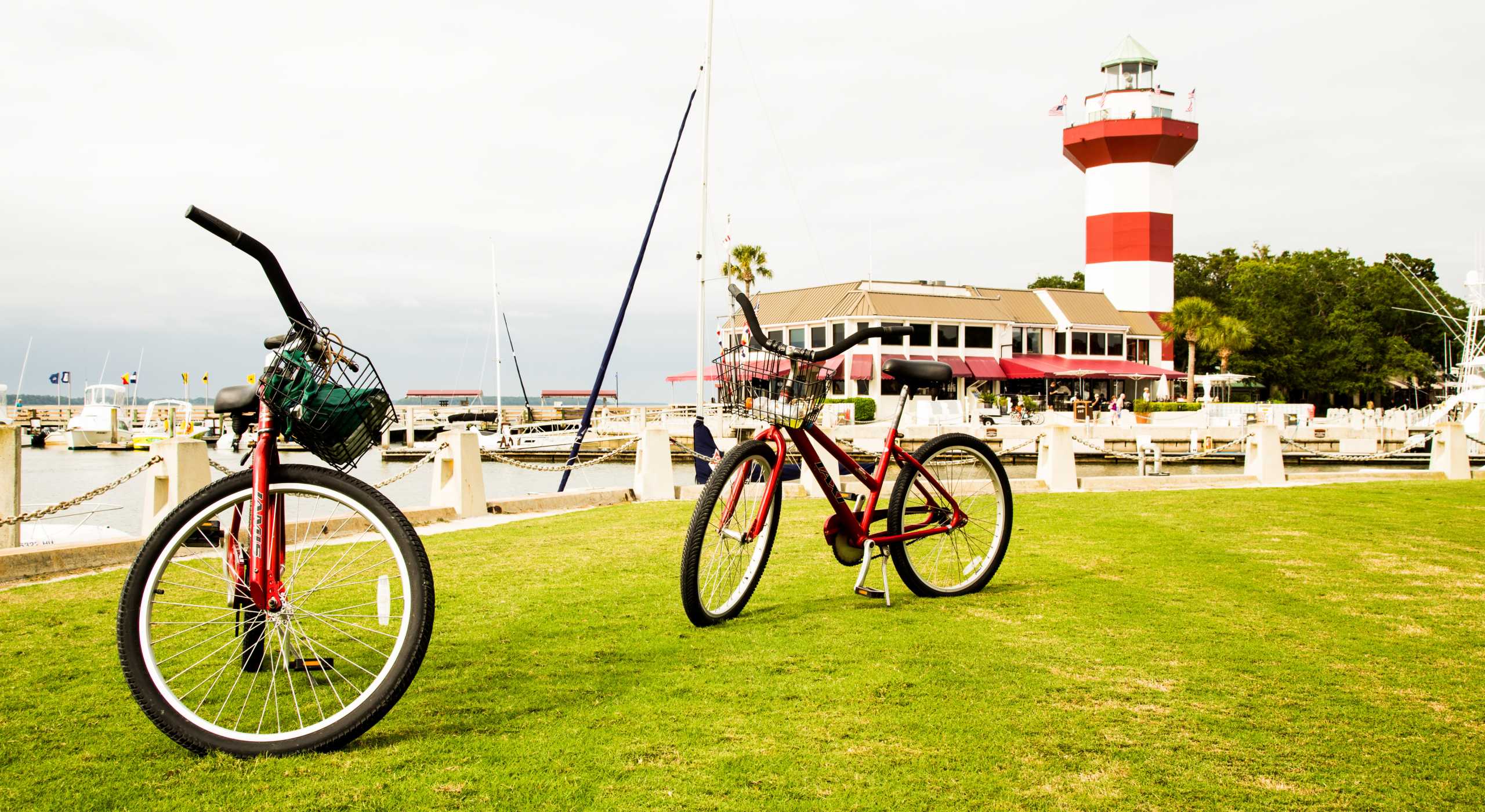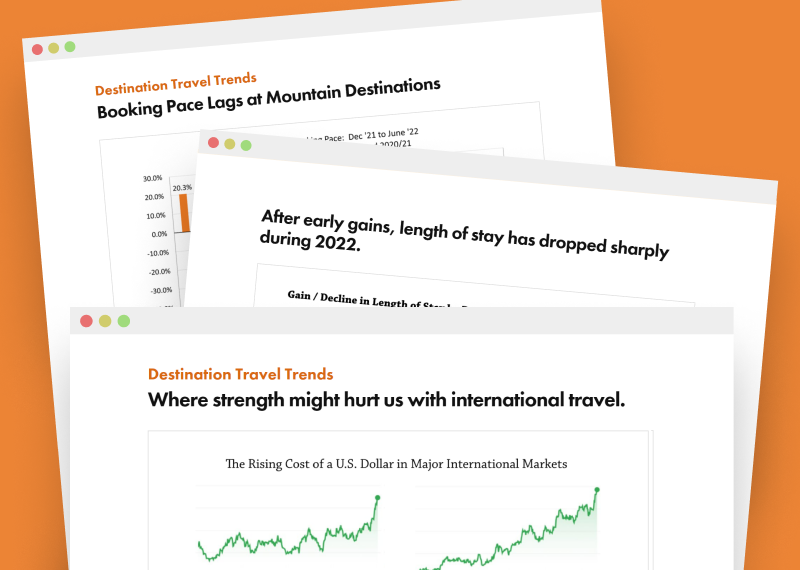

 Katie Barnes
Katie Barnes
In sharp contrast to struggling results for the lodging industry in much of the U.S., the Southeast continues pushing ahead with strong gains in both daily lodging rates and revenues. Destinations in the Florida Panhandle along with resorts in coastal Georgia and South Carolina are tracking impressive results in the wake of extraordinary circumstances due to the raging pandemic, political turmoil, and rugged economic struggles for many Americans. Despite the challenges, the Southeast is showing continued resilience and strength according to the most recent data released by DestiMetrics,* a division of Inntopia, in their monthly Market Briefing. As of Jan. 31, 2021, the aggregated results among participating resort destinations in the three states is impressive.
Although actual occupancy for the month of January was down 10.6 percent compared to January 2020, the Average Daily Rate (ADR) for January was up a dramatic 26.6 percent for the month allowing for a solid 13.1 percent gain in aggregated revenues for the month.
A broader look at the full winter reveals that the impressive year-over-year strength in occupancy during the month of September was supported by upticks in both October and December that helped boost results in the region for the winter season that extends from September through February. For those six months, aggregated occupancy as of Jan. 31 is up 2.7 percent compared to last winter. More impressively, ADR for the season is up a very strong 23.1 percent and the combined strength of increased occupancy and strong growth in rates is delivering an aggregated 26.9 percent increase in revenues compared to last year at this time.
“When we crunch all the numbers and analyze the trends, we are seeing that the Southeast is marking its ninth consecutive month of strong year-over-year rates gains that stretch back to May 2020,” reported Tom Foley, senior vice president of Business Analytics for Inntopia. “In this incredibly difficult and challenging year, revenue management in the face of a crisis is a crucial skill and property managers in the region who have learned to respond quickly following major storms and hurricanes are using that experience to bring back visitors in this unprecedented year for travelers. They have capitalized on pent-up demand and adjusted to short-term booking patterns and making it work very, very effectively for their properties,” he continued.
Looking forward to the summer season, the current data as of Jan. 31 is slightly less sunny. Bookings made in January for arrivals in January through June are down 5.1 percent compared to last year at the same time. In-month bookings for January arrivals dropped a sharp 21.2 percent while February and March both were up more than five percent. April bookings were down 8.2 percent while May dropped a striking 31.6 percent. In contrast, June is up 13.1 percent in year-over-year comparison.
“Occupancy, rates, and revenue didn’t change appreciably in the last month but the region has done markedly better than many other tourism regions in the past eight months, particularly in daily rates,” continued Foley. “What remains uncertain is how booking patterns may shift around the crucial Canadian snowbirds. That segment tends to arrive in January and stay through April but they continue to be limited by land border crossings into the U.S. being closed in response to the pandemic.”
Foley went on to elaborate about the current situation. At least some of the inventory that snowbirds normally occupy for their long-term stays is being shifted to the short-term rental market which commands better daily rates and is helping revenue managers in their successful efforts this season.
Economic measurements
Market news and the day-to-day realities for many Americans continue on contradictory paths. The Dow Jones Industrial Average (DJIA) dipped 1.4 percent during January for the first decline since October. Despite the drop, the Dow Jones is 3.9 percent higher than it was last January. The Consumer Confidence Index (CCI) rose a slight 2.5 percent in January to 89.3 points after slipping in November and December. Consumers showed mixed responses based on the Present Situation Index which showed that concern about COVID-19 cases, hospitalizations, and deaths were tempered by some optimism for improved economic conditions going forward. The national Unemployment Rate dropped from 6.7 percent in December to 6.3 percent in January but the decrease was primarily driven by frustrated job seekers abandoning their job search. An anemic 49,000 new jobs were added during January, substantially below the anticipated 105,000.
“Wall Street continues to remain consistently out of touch with the consumer marketplace and seems to be immune to the long-term concerns surrounding employment and consumer spending,” said Foley. “However, consumers with investments in the financial markets through IRA’s or 401(k) accounts are likely to be buoyed by the stability and growth in their retirement accounts and that may explain why consumer confidence, thought well below an acceptable level, has remained higher than expectations through both the pandemic and political volatility of the past year.”
Foley summarized the most recent DestiMetrics data by saying, “the lodging sector in southeastern U.S. destinations is performing very well, not only in the current situation but by any standards. Much of the credit for this year’s success can be given to revenue managers who remained nimble and reacted rapidly to the changing circumstances,” he concluded.
###
*DestiMetrics, part of the Business Intelligence platform for Stowe-based Inntopia, tracks resort performance in selected mountain and southeast U.S. destinations. They compile forward-looking reservation data each month and provide individualized and aggregated results to subscribers at participating resorts. Data from the Southeast is derived from five resort destinations in three states including South Carolina, Georgia, and Florida.
Have a question? Just ask.

Tyler Maynard
SVP of Business Development
Ski / Golf / Destination Research
Schedule a Call with Tyler→

Doug Kellogg
Director of Business Development
Hospitality / Attractions
Schedule a Call with Doug→
If you're a current Inntopia customer, contact support directly for the quickest response →
Request Demo
A member of our team will get back to you ASAP to schedule a convenient time.



